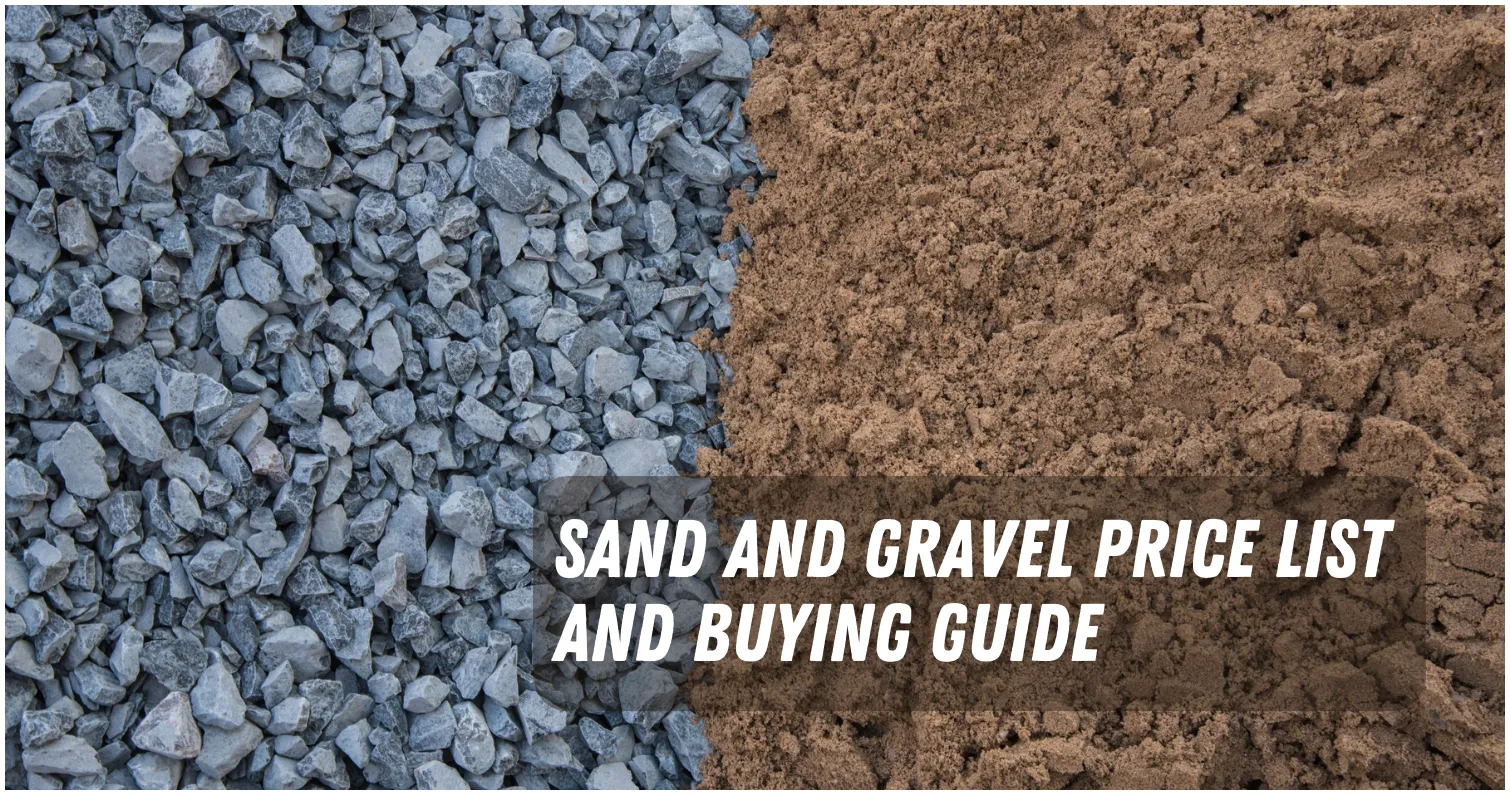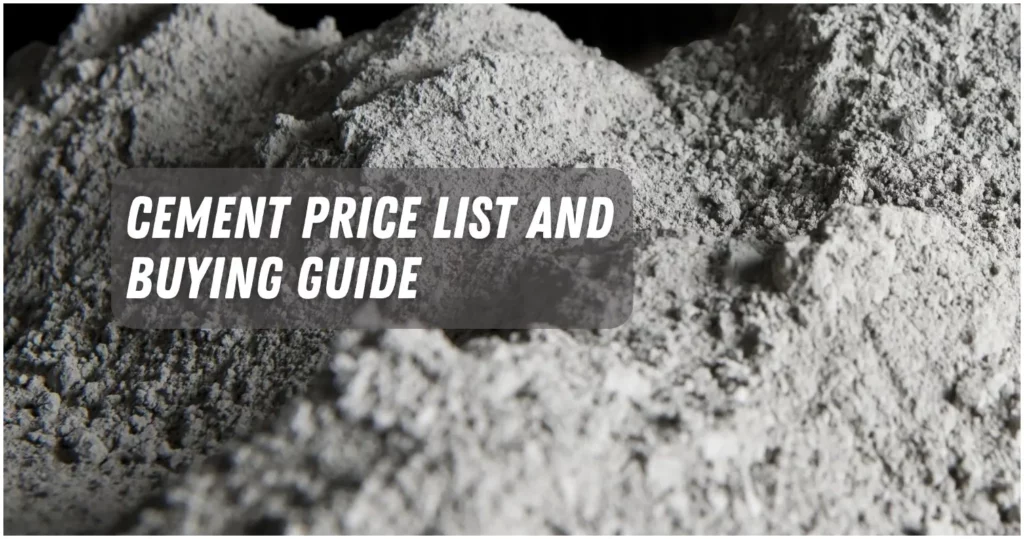If you want to build a house or anything else in the Philippines, you need to know the price of sand, gravel, and cement.
Sand and gravel are necessary for making concrete, mortar, plaster, and many other building materials.
They also affect the price, quality, and durability of your project, which usually costs between ₱420 and ₱550.
In this article, we’ll talk about the price of sand and gravel in the Philippines and other things you should know about them.
What is Sand And Gravel
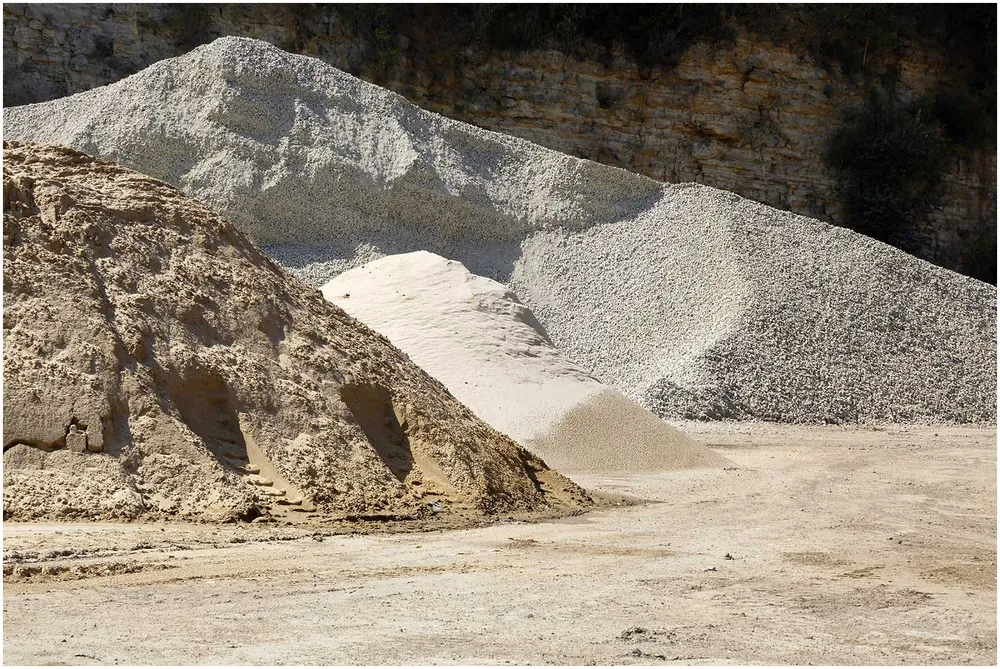
Sand and gravel are both made of natural things that are used in building and landscaping.
They are made up of small pieces of rock that were broken off by water, wind, ice, or other natural forces.
Based on their size, shape, color, and make-up, they can be put into different groups.
Sand And Gravel Uses
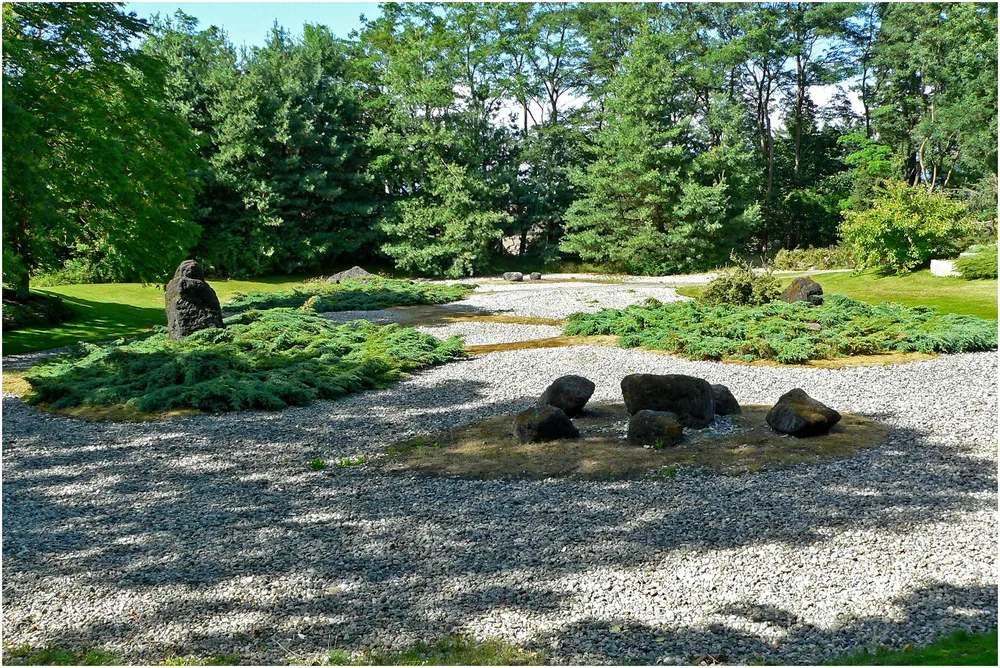
Sand and gravel have many uses in the building industry. Here are some of the most common uses:
- Concrete: Concrete is made by mixing sand, gravel, cement, and water. It is used to build foundations, walls, floors, columns, beams, slabs, and other structures.
- Mortar: Mortar is made by mixing sand, gravel, cement, and water. Mortar is used to connect bricks, stones, tiles, and other masonry units.
- Plaster: Plaster is made when sand, gravel, cement, and water are mixed together. Plaster is used to cover walls, ceilings, and other surfaces.
- Asphalt: Asphalt is made of sand, gravel, bitumen, and other things. Roads, parking lots, driveways, and other surfaces are paved with asphalt.
- Landscaping: In landscaping, sand and gravel are used to make patios, walkways, fountains, ponds, and gardens, among other things.
- Gardening: In gardening, sand and gravel help the soil drain, breathe, and grow plants. You can also use them as mulch or to cover the ground.
- Filtration: Water, sewage, stormwater, and other liquids can be filtered with sand and gravel. They can remove things like sediment, organic matter, bacteria, and chemicals.
- Erosion control: Sand and gravel are used to stop or slow soil erosion caused by water or wind. They can keep slopes, banks, shorelines, and embankments from sliding down.
Type of Sand And Gravel
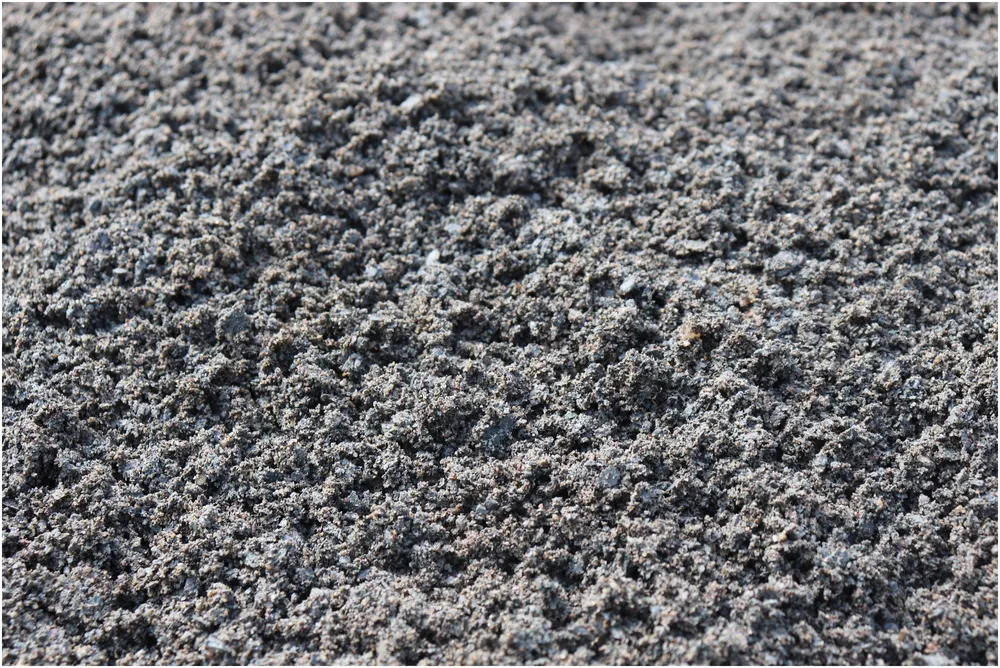
In the Philippines, there are many different kinds of sand and gravel. Here are some common ones:
- Fine Sand: Fine sand has grains that are between 0.075 mm and 0.425 mm in size. It is smooth and feels soft. It’s good for plastering, masonry, and laying bricks.
- Coarse sand: Coarse sand has grains that are between 0.425 mm and 2 mm in size. It feels rough and sharp when touched. It is good for concrete, asphalt, and drainage.
- Crushed gravel: This kind of gravel is made from crushed rocks that have been screened and washed. It has 5 mm to 20 mm-sized pieces. It is good for base or subbase materials.
- Rounded gravel: Rounded gravel is made from natural river rocks that have been smoothed by water. It has pieces that are between 2 mm and 64 mm in size. It is good for landscaping and decorating.
Sand And Gravel Price List
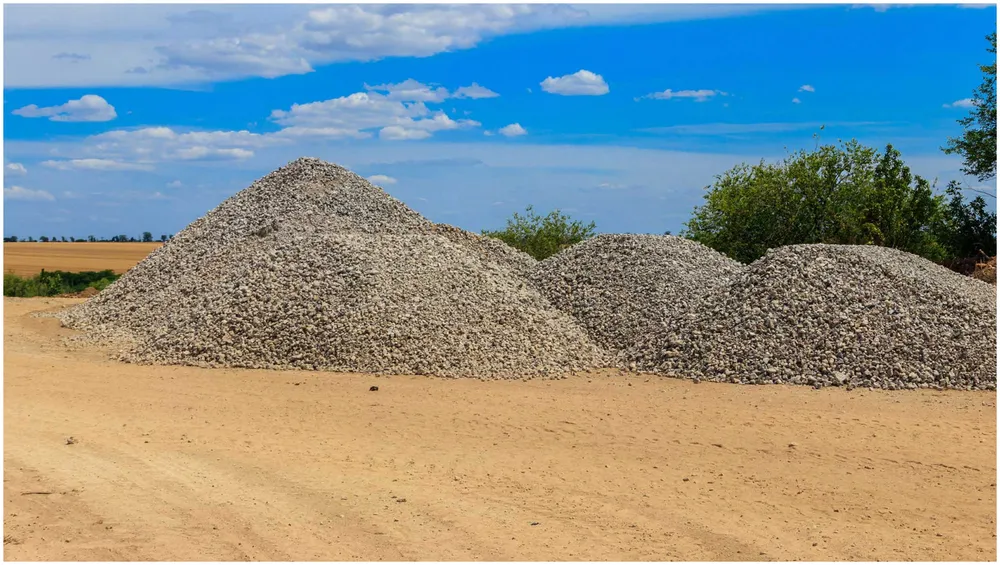
The source, quality, quantity, and location of delivery all affect the price of sand and gravel in the Philippines.
According to the Philippine Statistics Authority (PSA), in the National Capital Region (NCR), the average price of sand and gravel was:
| Material | Price per Cubic Meter |
|---|---|
| Gravel G2 (1/2″) | ₱420 |
| Gravel GI – 1/2″ | ₱435 |
| Gravel G2 | ₱420 |
| Fine Aggregate | ₱465 |
| Gravel 3/4″ | ₱440 |
| Sand | ₱530 |
| Gravel G1 | ₱530 |
| Natural Gravel | ₱550 |
Sand And Gravel Mixture
Sand and gravel mixture is a mix of sand and gravel that can be used for many different things.
How much sand and gravel you use depends on what you want the mixture to do and how you want it to behave. For instance:
- Concrete: A typical concrete mixture has 10% to 15% cement, 60% to 75% sand and gravel aggregate, and 15% to 20% water by weight. The ratio can change depending on how strong and easy to work with the material needs to be.
- Asphalt: 5% to 6% bitumen (a type of oil), 90% to 94% sand and gravel, and 0.5% to 1% additives by weight make up a typical asphalt mixture. The ratio may change depending on how long it needs to last and how well it needs to work.
- Road base: Crushed gravel (G1 or G2), natural gravel (3/4″ or G2-1/2″), and a small amount of cement or lime by weight make up a typical road base mixture. The ratio may change depending on how stable and dense the mixture needs to be.
Things You Should Know about Sand And Gravel
Here are some things you should know about sand and gravel before buying or using them:
- What mixture is sand and gravel?
Making concrete usually involves mixing sand, gravel, cement, and water. Concrete is a strong and versatile building material that can be used for foundations, roads, bridges, buildings, and more. - What is gravel used for?
Gravel can be used in many ways in building and landscaping, such as as a base or subbase for roads and highways, to drain and filter water in water treatment and stormwater systems, and to make gardens and outdoor spaces look better. It is also used as a decorative element in many art and building projects. - Is gravel a sand or soil?
No, gravel is not the same as sand or dirt. Gravel is made up of bigger pieces of rock, while sand is made up of smaller pieces. Soil, on the other hand, is a mix of organic matter, minerals, water, air, and living organisms that help plants grow. - Are sand and gravel aggregates?
Sand and gravel are both considered aggregates. Aggregates are small pieces of material that are used in building, landscaping, and other areas. They can be natural or artificial and vary in size, shape, color, and composition. - How is sand and gravel separated?
Sand and gravel can be separated in many ways, like by screening, washing, or letting gravity do the work. Screening uses a mesh or sieve to sort particles by size. Washing removes impurities and unwanted materials from the mixture. Gravity separation uses jigs, spirals, or shaking tables to separate particles based on their densities or specific gravities.
Sand and gravel are both natural substances that are used in building projects.
Depending on the application and the desired properties, they come in various types, uses, price ranges, and mixtures.
They are also important parts of concrete and asphalt. If you know more about sand and gravel price, you can make better choices for your building projects.
[ratings]